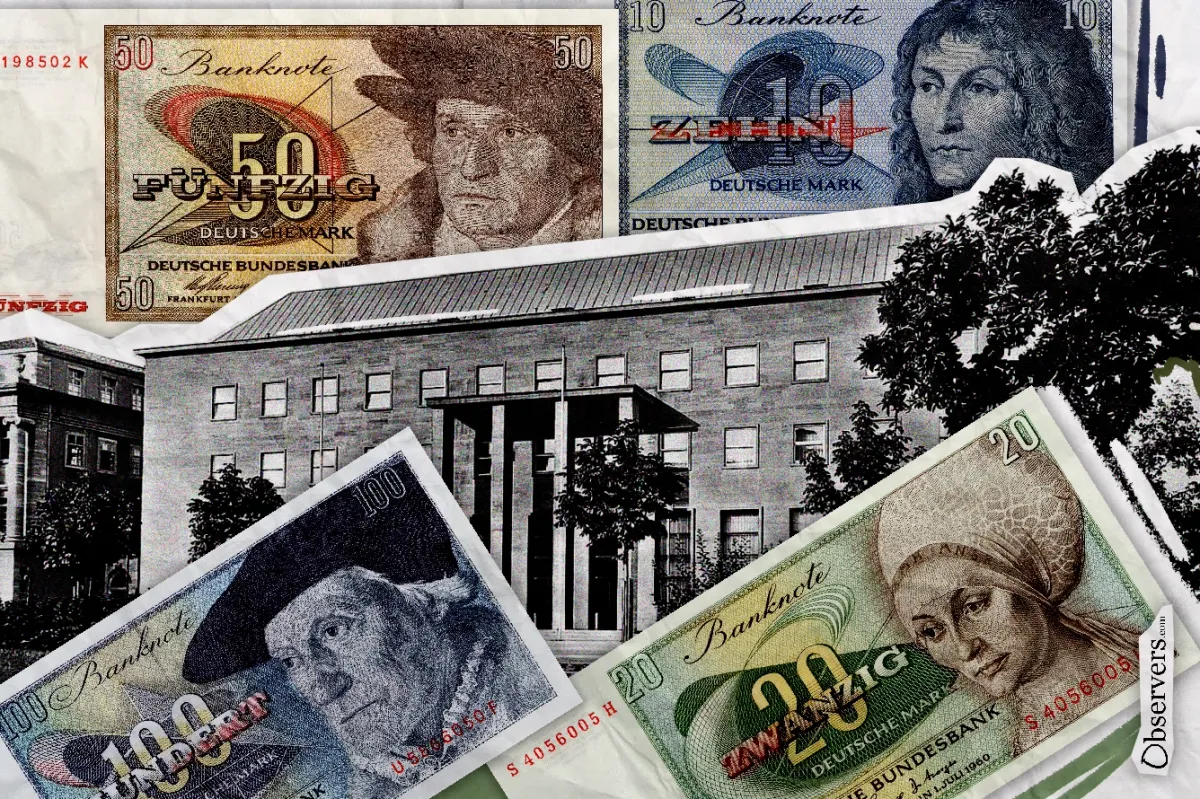
Under the ground of the small town of Cochen in western Germany is a bunker that was once used to store a secretive alternative German currency during the Cold War.
The money was created to substitute the currency in circulation in case counterfeit D-Marks produced by the Soviet Union fueled inflation.
In 2024, inflation levels in the world's largest economies have declined, but an economic crisis is, nonetheless, looming on the horizon.
Could stockpiling an alternative currency, such as Bitcoin, be a winning strategy for survival in the uncertain times ahead?
A Secret Bunker With 15 Billion Alternative D-Marks
The Cold War, which lasted from 1947 to 1991, divided the world into two political blocs - the Western Bloc, headed by the United States, and the Eastern Bloc, led by the Soviet Union.
During this period, several major regional conflicts occurred across continents, but direct confrontation between the major powers was strictly avoided due to fears that a nuclear war would break out.
Because waging a major armed conflict was not an option, political rivals tried to outwit one another on ideological, technological, and economic fronts.
In the middle of Europe, West Germany found itself on the border between two very different Europes—one capitalist and the other communist.
Its fragile position led the country's authorities to take preventive measures against several types of indirect attacks.
In 1962, fearing that its Eastern enemies would try to fabricate an inflationary economic crisis in its country by smuggling large quantities of counterfeit national currency, the Deutsche Bundesbank, West Germany's central bank, printed around 15 billion worth of alternative national notes—identical to the ones in circulation in the front but with significant differences in the back.
BBk II series banknotes were to replace the circulating Marks in the event the communist bloc would deploy such a strategy, thereby avoiding an inflation spiral and the erosion of the confidence deposited by both domestic and foreign actors in the national economy.
During the Second World War, German intelligence tried to do the same to England in "Operation Bernhard." They had prisoners manufacture counterfeit pounds, and spies buy assets in the U.K. with the fake money, leading to notes worth more than 5 pounds being out of circulation for over twenty years.
The success of Germany's counter-strategy relied on it being a secret, so Bundesbank officials stashed it 30 meters below the surface in a nuclear-proof bunker in a small town in the further western part of the country.
In 1988, shortly before the end of the Cold War, the notes were destroyed without ever seeing the light of day.
It will forever remain a mystery whether Bundesbank's strategy would have worked. Now, when most of the transactions are digital, economic warfare is much more sophisticated.
The digital infrastructure of the modern economic system is protected from attacks and, due to its centralized nature, can be easily restored from the backups in case of failure.
In permissionless decentralized ledgers, such centers do not exist, and switching to a duplicate set of coins is much more complicated. We observed this with Ethereum during the ETC/ETH hard fork in 2016 and the validity of that decision by the team is disputed until now.

